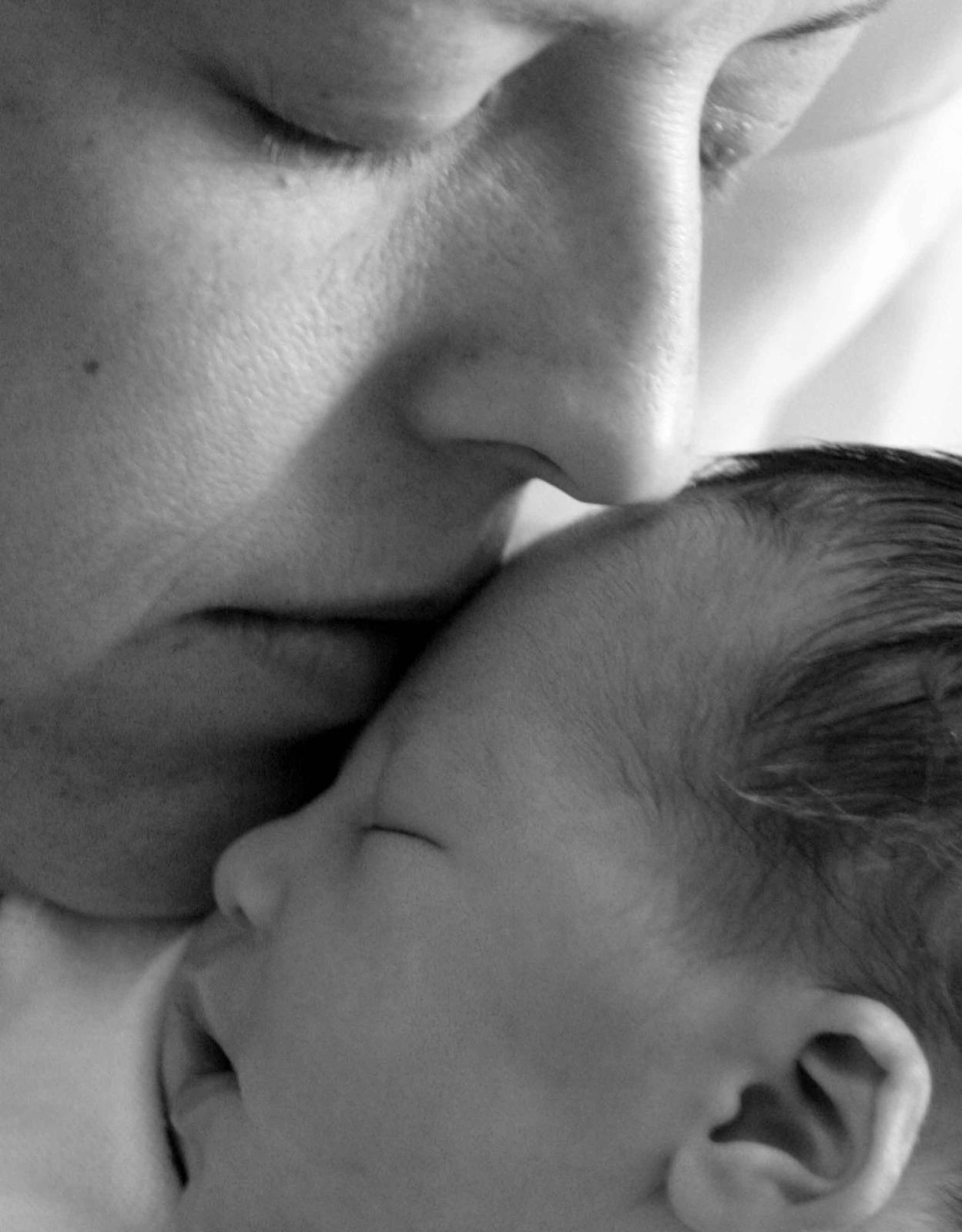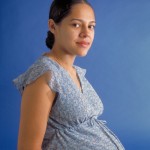Multiple studies have demonstrated the effectiveness of antidepressant medications for the treatment of postpartum depression (PPD). Most of the these studies focused on the impact of these medications on depressive symptoms; however, it is clear that many, or maybe most, women with PPD also have significant anxiety symptoms. Thus, we can hypothesize that medications which have both antidepressant and anxiolytic effects would be the most beneficial for the treatment of PPD.
This hypothesis is supported by the finding that venlafaxine (Effexor) is highly effective for the treatment of PPD. In this study, despite very high levels depressive symptoms at baseline, 12 out of 15 subjects experienced remission of major depression (HAM-D score < or = 7) at 8 weeks. Not only did venlafaxine result in a significant reduction in depressive symptoms, response was accompanied by a dramatic decrease in the severity of anxiety symptoms.
In contrast, an open trial with bupropion (Wellbutrin), a norepinephrine reuptake inhibitor which has been shown to be less effective for the treatment of anxiety, demonstrated a much less robust response in women diagnosed with PPD. While 6 out of the 8 subjects demonstrated a > 50% decrease in the severity of depressive symptoms at 8 weeks; only three subjects achieved remission (HAMD score of < or =7). The women with the least robust response to bupropion were those who demonstrated high levels of anxiety at baseline.
A new study from Misri and colleagues has assessed the effectiveness of desvenlafaxine (Pristiq) in a group of women with PPD. Desvenlafaxine is a serotonin norepinephrine reuptake inhibitor and, like its parent drug venlafaxine, has both antidepressant and anxiolytic effects. In this study, 25 women with PPD were enrolled, and 15 women completed the 12-week open trial with flexible dosing of desvenlafaxine (50–100 mg).
Of the women included the intention-to-treat analysis (n = 17), the majority (70.6%) had comorbid generalized anxiety disorder (GAD). Other anxiety disorders observed in this group were panic disorder (17.6%), agoraphobia (5.9%), social phobia (5.9%), and obsessive compulsive disorder (17.6%).
The majority of women responded to medication (88.2%, n = 15) and experienced a remission of depressive (82.4%, n = 14) and anxiety symptoms (82.4%, n = 14). Remission of depression was achieved in a mean of 6.9 weeks at a mean dose of 71 mg/day. Significant decreases were also observed on assessments of functional impairment (Sheehan Disability Scale, SDS).
The findings are similar to those observed in the previously mentioned study with venlafaxine. Women with PPD responded well to desvenlafaxine at doses similar to those used in patients with non-puerperal depression and anxiety. However, this is a pilot study, limited by its small size and open design. Another limitation is the relatively high dropout rate. While the authors recommend that future research include randomized controlled trials, it had been notoriously difficult to recruit for placebo-controlled studies in this population.
Despite the limitations of this study, its findings highlight the importance of managing comorbid anxiety in women with postpartum depression. Venlafaxine and desvenlafaxine have been demonstrated to be effective for the management of anxiety symptoms in this population, although clinically we tend not to use these as first-line agents for the treatment of PPD because of their somewhat higher burden of side effects. Typically we select serotonin reuptake inhibitor antidepressants which have potent anxiolytic properties. In this setting, adjunctive use of a benzodiazepine may be particularly helpful in women with severe sleep disturbance and may bring some immediate relief to women as they wait for the antidepressant to achieve maximal effectiveness.
Ruta Nonacs, MD PhD
Misri S, Swift E, Abizadeh J, Shankar R. Overcoming functional impairment in postpartum depressed or anxious women: a pilot trial of desvenlafaxine with flexible dosing. Ther Adv Psychopharmacol. 2016 Aug;6(4):269-76. Free Article




![By Vera Kratochvil [Public domain], via Wikimedia Commons](https://womensmentalhealth.org/wp-content/uploads/2015/06/Mother_Kissing_Baby-150x150.jpg)


Leave A Comment